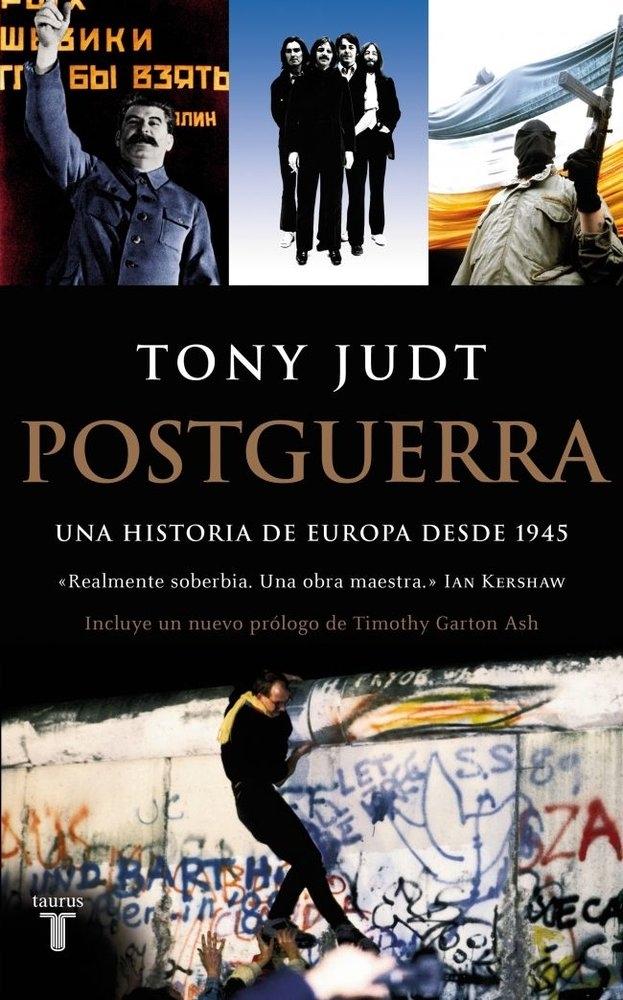Written by experts, this long-established and definitive guide to the workings of the European Union provides comprehensive, straightforward and readable coverage of this sometimes misunderstood and complex institution.
This fully revised second edition explains not only what happens but why, analysing the EUs strengths and weaknesses, as well as opportunities for it to be more effective. With the EUs very existence under pressure due to Euroscepticism, continued crises with migration and borders, the re-emergence of the far right, and renewed great power competition in Europe and the world, it specifically outlines:
How the EU has evolved over the last 70 years
How it works: the institutions, the mechanisms
Every area of EU competence from agriculture to defence
The effects of the single market, a single currency and the successes and stresses of the eurozone
The impact of the enlargement of the EU, prospects for further enlargement and closer political integration
Reforming the EUs decision-making and defending the rule of law
The EUs place in an ever more disorderly world
The Routledge Guide to the European Union is well-established as the clearest and most comprehensive guide to how the EU operates. This new edition brings you up to date at a crucial stage in its history, at a time when it has never been under greater internal and external threat, but conversely is perhaps more important than ever.
Foreword by Lord Kerr of Kinlochard
Preface to the 2nd edition by Dick Leonard
Introduction
Part 1: The background
1. The origins
2. Evolution, 1958-2008
3. Growing pains, growing strains, 2008-2014
4. The years of permacrisis, 2015-
Part 2: The treaties, the institutions, how the EU is financed and how decisions are taken
5. The treaties
6. The European Commission
7. The European External Action Service
8. The Council of the European Union
9. The European Council
10. The European Parliament
11. The European Economic and Social Committee and the Committee of the Regions
12. The Court of Justice of the European Union
13. The European Court of Auditors
14. The European Central Bank
15. The European Investment Bank
16. Other EU agencies and bodies
17. Staffing the EU: Facts, figures and costs
18. Financing the EU - How its paid for and what it pays for
19. Decision-making procedures in the EU
Part 3: The competences
20. The customs union and trade
21. The internal or single market
22. Research and innovation
23. Competition policy
24. Industrial policy
25. Economic and monetary policy
26. Taxation
27. Agriculture
28. Fisheries
29. Regional policy and cohesion
30. Workers rights, employment and social policy
31. Energy and climate change
32. The environment
33. Transport
34. Justice and home affairs - The area of freedom, security and justice
35. Fundamental rights
36. Gender equality
37. Education
38. Culture and media
39. Citizenship and symbols
40. Consumer protection
41. Health
42. Development co-operation and humanitarian assistance
43. Neighbourhood policy
44. Foreign, security and defence policy
45. Defence industry and space
Part 4: Challenges ahead
46. Enlargement
47. "Ever closer union"
48. The rule of law
49. Migration and demography
50. The EUs place in the world







